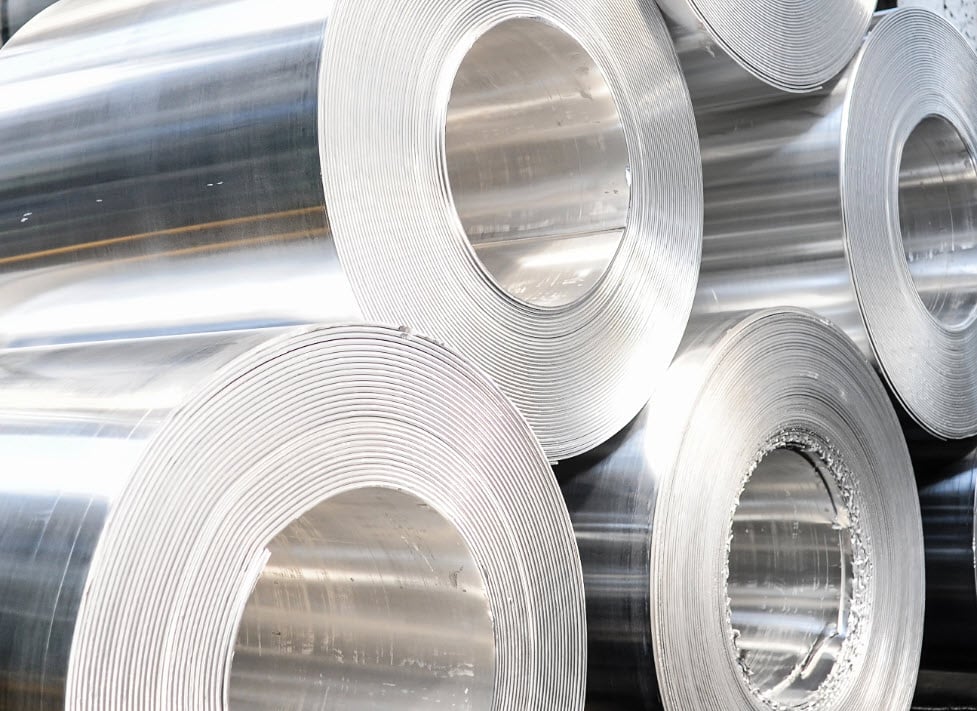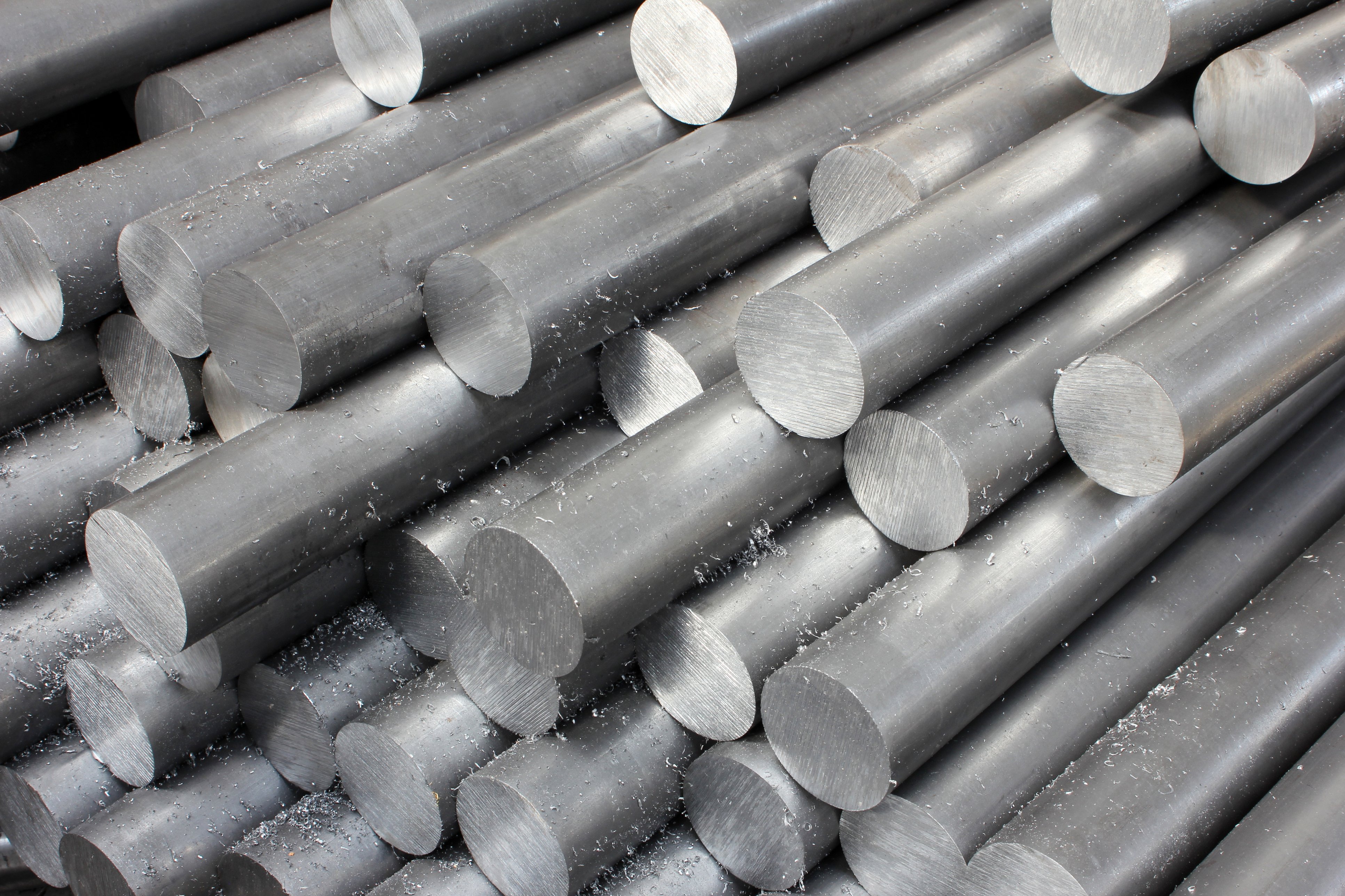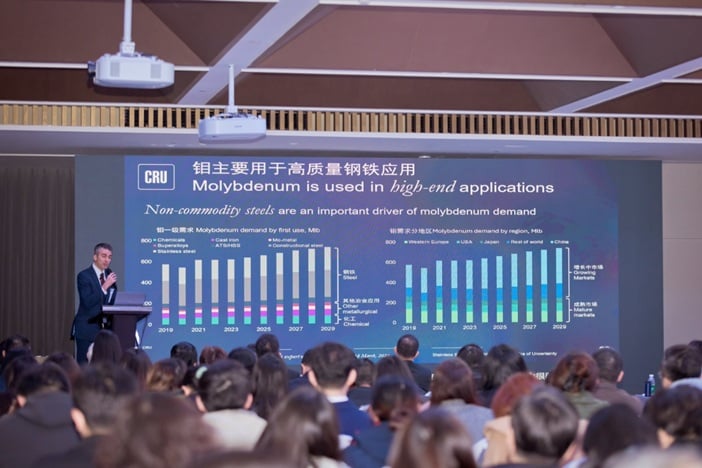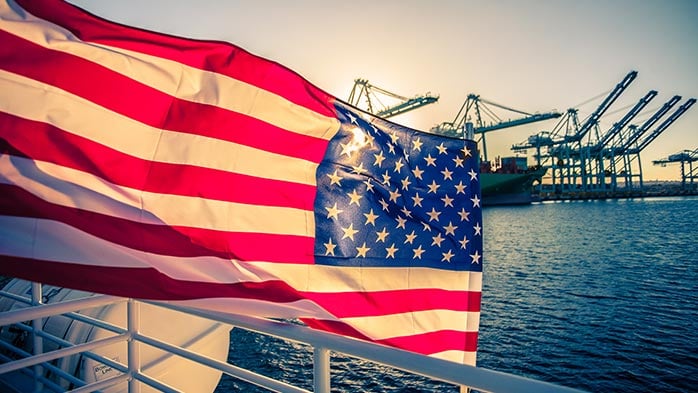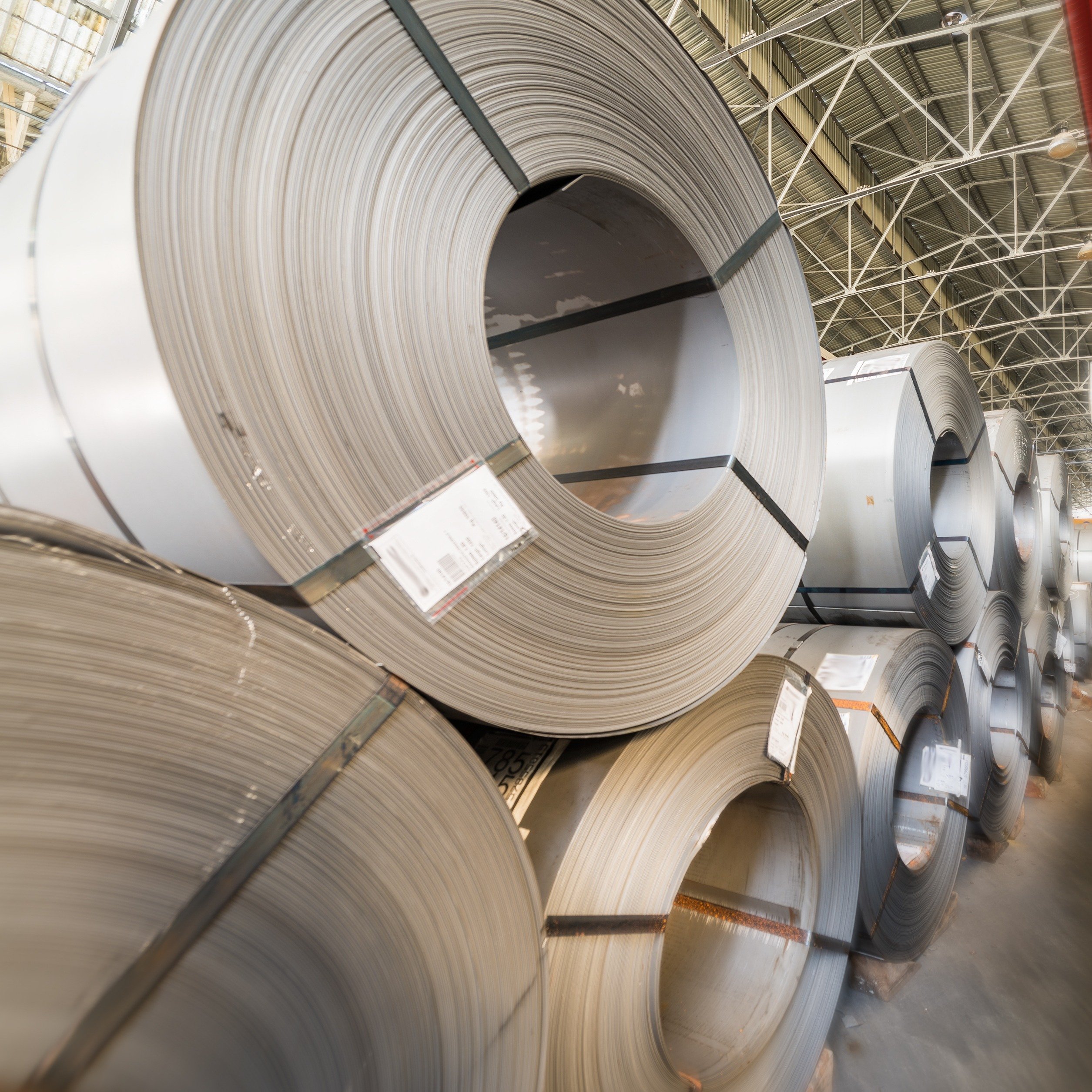The newly announced US reciprocal tariffs will result in higher steel costs and higher steel prices in the USA. In the event of further retaliation, coal exporters are particularly exposed as their key destination markets have been hit the hardest .
Another round of tariffs has been announced in the USA
On 2 April, US President Donald Trump announced the imposition of a 10% reciprocal tariff on all countries, effective from 5 April, aiming to reduce the country’s trade deficit and to reshore manufacturing. Additional country-specific tariffs will be imposed from 9 April onwards, on countries with which the US has the largest trade deficits.
According to the White House factsheet, tariffs can be reviewed – i.e. increased further or reduced – if trading partners retaliate or take significant steps to remedy current trade arrangements.
Steel, aluminium, passenger vehicles, light trucks and auto parts – which are already under Section 232 tariffs – will not be subject to these additional US reciprocal tariffs, alongside energy and some minerals that are not available in the USA.
Canada and Mexico are also not impacted by this order, as USMCA (United States–Mexico–Canada Agreement) compliant goods will continue to have a 0% tariff, while non-USMCA compliant goods will see a 25% tariff (non-USMCA compliant energy and potash will have a 10% tariff).
Raw materials will bear the brunt of US reciprocal tariffs
Although the newly announced US tariffs will not be applied on steel products, key imported steelmaking raw materials will be affected if they are not USMCA-compliant. Products affected by the new tariffs include iron ore, coke, pig iron, DRI/HBI, scrap and some ferroalloys. This will mean higher costs for domestic US steelmakers, and in turn, higher steel prices. The ultimate impact from these tariffs is expected to be suppressed steel demand in the US.
In addition, retaliation from trade partners is likely to occur, particularly targeting products which the US is a major exporter of , such as metallurgical coal. Coal producers are likely to be significantly impacted in the event of retaliation, as the USA exports 75% of its metallurgical coal production, and is the third largest exporter of metallurgical coal in the world, behind Australia and Russia.
US met coal producers face significant risk from retaliatory trade actions as their key destination markets are the countries that have been hit the hardest by the new US reciprocal tariffs – China, India, the EU and Japan. Moreover, the US is one of the highest-cost met coal producers in the world, and a moderate tariff rate of 10% would make nearly a third of USA production unprofitable.
China's retaliatory actions in February have resulted in the redirection of almost all metallurgical coal trade between the US and China to other markets, with significant discounting in the spot market. Further retaliation would put upward pressure on global metallurgical coal prices, and lead to a significant volume from high-cost US met coal producers exiting the market.
For other raw materials in the ferrous supply chain, retaliatory tariffs are less likely as export volumes are generally smaller or the impact of tariffs would be greater on the countries imposing the tariffs than on the US itself.
In terms of scrap, the US is the largest exporter of the material globally. However, there is no other realistic alternative to source this product. Similarly, for DRI/ HBI there are limited alternative sources.
As for steel, the vast majority of US exports go to Mexico and Canada, which are not impacted by US reciprocal tariffs. Therefore, retaliation is also unlikely.
For further coverage on tariffs and how they are impacting commodity markets, see our designated Trump tariffs page here. Alternatively, if you'd like further insight on the steel market to help your business, request a demo here.






